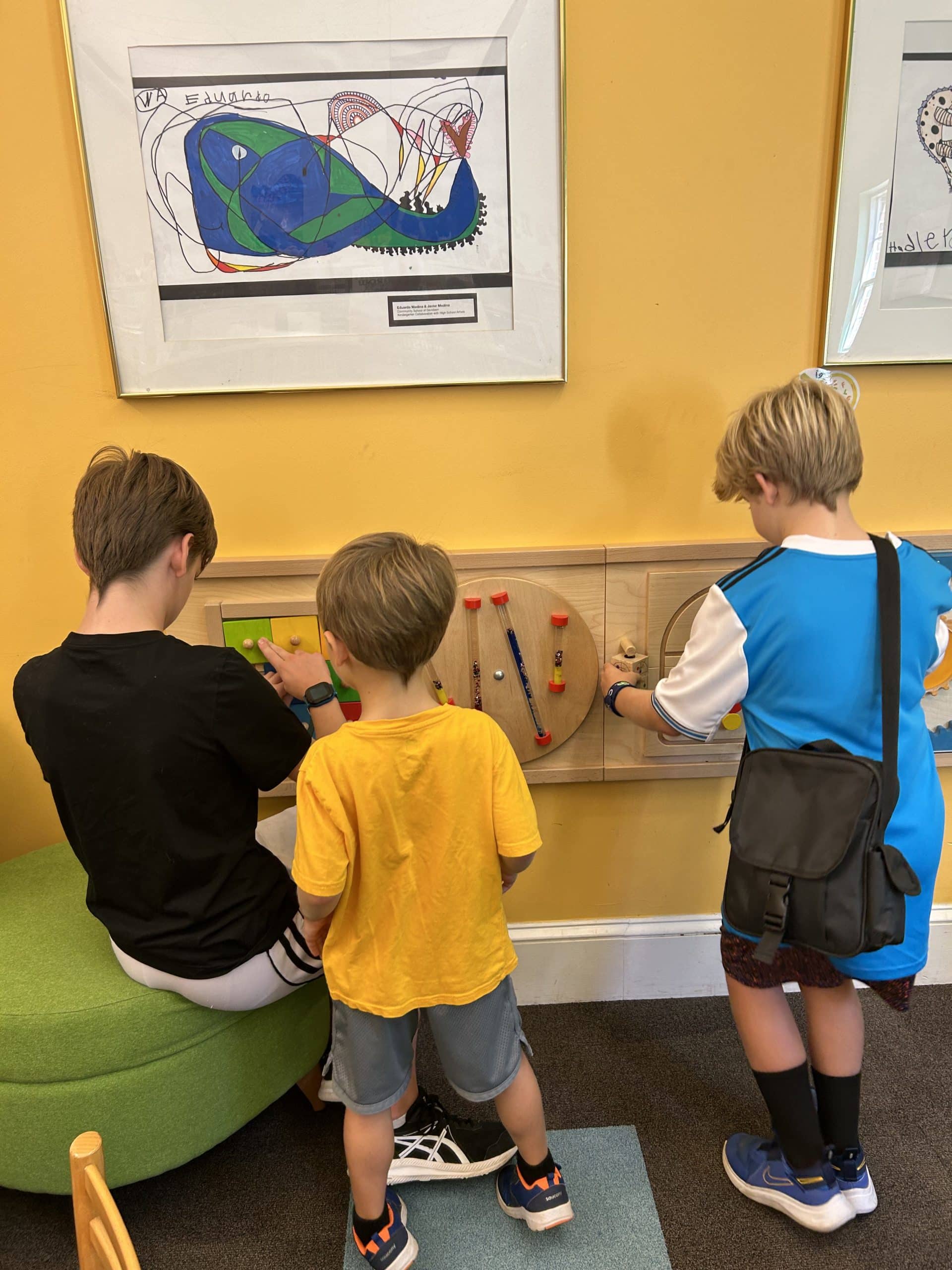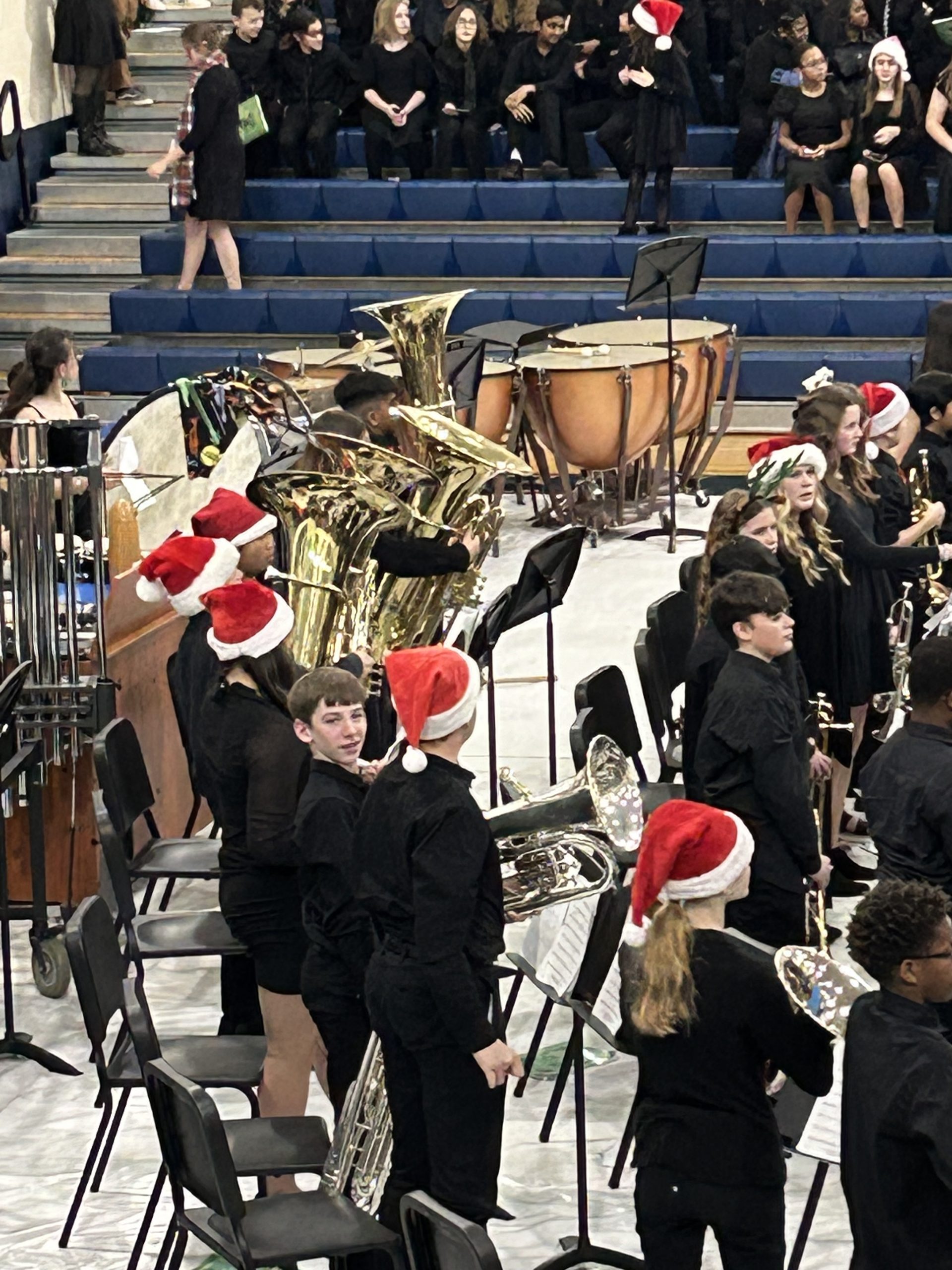Thankfulness isn’t just for Thanksgiving Day. Children need to be thankful every day for something. It’s part of mindfulness and positive thinking. But, it is easy for parents and educators to remind young children to say ‘thank you’. However, as children grow, more than a simple ‘thank you’ is necessary. It’s important that children learn to be grateful, even for the smallest of things.
There are many homes and classrooms where children journal. Teens often keep a diary. It is good practice to have children create a gratitude list. At the end of the day, both parents and teachers can model by saying something that made them thankful. Whether writing a thankful response or stating one, the modeling is an important habit to have in front of children.
Research by Dr. Robert Emmons and Dr. Jeffrey Froh state that gratitude benefits students and adults. Thankfulness produces good leaders. Leaders that are thankful produce trust in others.
Also, being thankful helps people get through tough times as good times are remembered. In addition, thankfulness lends itself to happiness. Thus, it keeps your mind and body healthy.
Thankfulness Ways
• Do for others. Have children choose a project that will demonstrate gratitude.
• Acknowledge others who help with the small things in a child’s or student’s life.
• Teach the premise that it is not the gift they receive, but the thoughtfulness behind the gift received.
• Read or watch movies of thankful acts.
• Create thank you notes for children to send.
It’s important that children grow to become decent human beings. They must acknowledge people around them that do good. They must learn to demonstrate acts of thankfulness toward others. Nurturing gratitude and building character is critical to the development of children. And, what better time to start is in the month November with the Thanksgiving holiday. However, don’t stop with Thanksgiving dinner. continue the practice day-in and day-out. Continue the thankfulness both in the classroom and at home.
![]()



